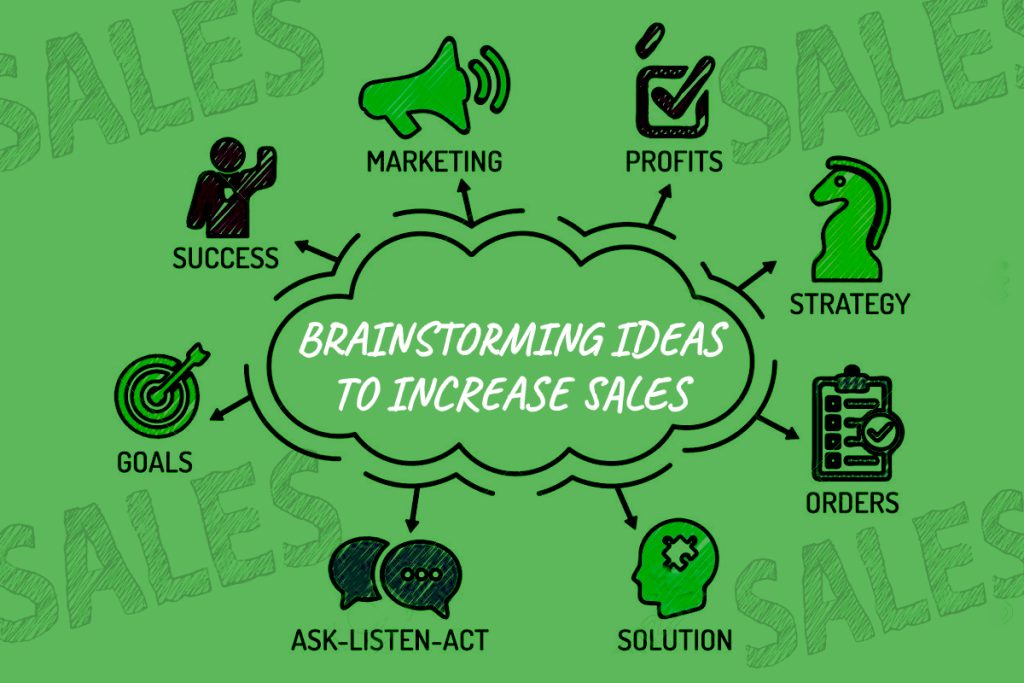Analyze Customer Data
Start by diving into your customer data. Understanding purchasing patterns, preferences, and demographics is essential for identifying opportunities for targeted marketing. By analyzing trends, you can uncover insights into which products or services are most popular among your customers.
Look for patterns in purchase frequency, average order value, and customer segmentation. This information can guide your marketing efforts, allowing you to tailor promotions and messaging to specific customer groups. For instance, if you notice that a particular demographic is purchasing certain items more frequently, you can create targeted campaigns that speak directly to their interests.
Additionally, consider cross-selling or upselling complementary products based on purchasing behavior. If customers frequently buy a specific item, promoting related products can enhance their shopping experience and increase your average order value.
Regularly updating and reviewing your customer data will enable you to adapt to changing preferences and market trends, ensuring that your marketing efforts remain relevant and effective. By leveraging customer insights, you can make informed decisions that boost sales and foster long-term customer loyalty.
Enhance Your Product Offerings
Evaluating your current product lineup is crucial for identifying opportunities to enhance or diversify your offerings. Start by gathering feedback from customers to understand their needs and preferences. This insight can guide you in introducing new products that resonate with your target audience.
Consider bundling existing products to create attractive package deals. Bundling not only increases perceived value but also encourages customers to try multiple items at once, boosting your overall sales. For example, if you sell skincare products, offering a complete skincare regimen as a bundle can entice customers to purchase more.
Additionally, introducing seasonal or limited-edition items can create excitement and urgency among customers. These exclusive offerings can drive traffic to your store and encourage impulse purchases. Promote these items through targeted marketing campaigns, highlighting their unique features and limited availability.
Regularly reassessing your product offerings ensures that you remain competitive and aligned with market trends. By enhancing and diversifying your products, you can meet customer demands, improve customer satisfaction, and ultimately increase sales.
Leverage Social Media
Social media platforms are powerful tools for reaching potential customers and building brand awareness. To maximize their impact, brainstorm creative campaigns that encourage user-generated content. For instance, you could host contests or challenges related to your products, inviting customers to share their experiences or showcase how they use your items. This not only engages your audience but also creates a sense of community around your brand.
Collaborating with influencers is another effective strategy. Identify influencers in your niche who resonate with your target audience and partner with them to promote your offerings. Authentic endorsements can significantly enhance your brand’s credibility and introduce your products to new audiences. Influencers can create engaging content, such as tutorials, unboxing videos, or reviews, that showcase your products in a relatable context.
Regularly engaging with your followers by responding to comments, asking for feedback, and sharing behind-the-scenes content can also strengthen your brand’s presence. Use social media analytics to track the performance of your campaigns, allowing you to refine your strategies over time. By effectively leveraging social media, you can boost visibility, foster customer loyalty, and ultimately increase sales.
Implement Referral Programs
Encouraging your existing customers to refer new clients can be a highly effective way to grow your business. Implementing a referral program incentivizes satisfied customers to spread the word about your products or services. Consider offering rewards such as discounts, freebies, or exclusive access to new products for every successful referral they make.
This strategy not only rewards loyal customers but also builds trust with potential new clients. People are more likely to purchase from a brand recommended by someone they know, making referrals a powerful form of word-of-mouth marketing.
Example:
A great local example is Daraz.pk, one of Pakistan’s leading e-commerce platforms. They implemented a referral program where existing customers can share a unique referral link with friends. When a friend makes a purchase using that link, both the referrer and the new customer receive discounts on their next orders. This not only incentivizes existing customers to refer others but also helps Daraz expand its customer base through trusted recommendations.
To maximize the impact of your referral program, promote it through your website, email newsletters, and social media channels. Clearly communicate the benefits and how the program works, ensuring it’s easy for customers to participate.
Additionally, track the success of your referral program by measuring how many new customers it brings in and the average value of their purchases. By continuously refining and promoting your referral program, you can expand your customer base while rewarding those who support your business, leading to increased sales and customer loyalty.



